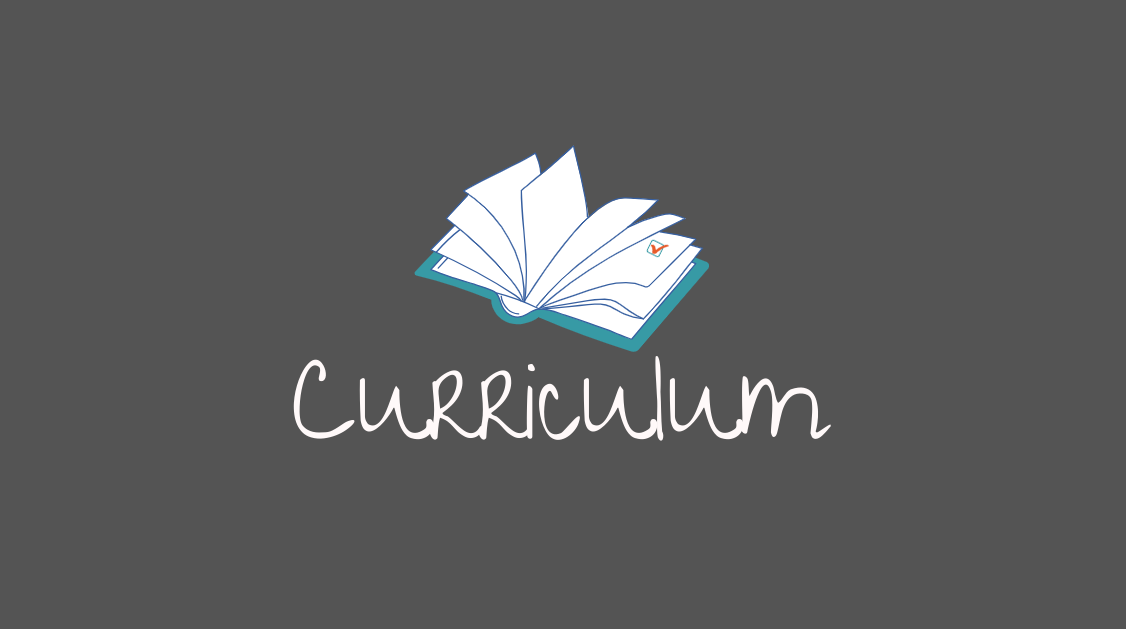Kindergarten Homeschool Math Curriculum


The overarching goal of any kindergarten math curriculum is to foster a strong foundation in mathematical thinking and problem-solving skills. The following section serves as a comprehensive roadmap for your child’s journey through kindergarten math.
During kindergarten, children progress through various developmental stages and milestones in their mathematical journey. Here are the goals that they will work on:
The transition from pre-school to kindergarten and first grade marks a significant leap in children’s mathematical abilities. As they move forward, their understanding of fundamental concepts deepens, paving the way for more complex problem-solving and analytical math skills.
Use this chart to visualize progression of math concepts across grade levels. Should your kindergartener require additional support, concentrate on mastering pre-school goals. If your child is progressing swiftly, consider introducing some first-grade skills to encourage further growth.
| Pre-School | Kindergarten | Grade 1 |
|---|---|---|
| Count to 10. | Count and write numbers to 20. | Count to 100. Skip-count by 2, 5, and 10. |
| Describe attributes of objects such as color and shape. | Sort and classify objects using one attribute. | Sort and classify objects using two attributes. |
| Recognize basic shapes. | Describe general traits of plane figures (circles, triangles, squares, rectangles). | Describe plane figures based on their sides, vertices, and angles. |
| Compare objects using words such as bigger and smaller. | Compare lengths and weights of items using words such as taller, shorter, heavier, and lighter. | Use non-standard units of measurement to compare lengths, weights, and volumes of items. |
| Compare groups of items as more or less. | Compare groups using more, fewer, or the same. Order groups from least to greatest and greatest to least. | Compare groups and numbers using greater than, less than, or equal to. |
| Recognize basic concepts of time such as night and day. | Know days and months. Recognize days, weeks, and months on calendars. | Use calendars to answer questions. Read clocks by hour and half-hour. |
| Read and write short sentences. | Model and solve addition and subtraction word problems within 10. | Solve single-step and multi-step addition and subtraction word problems within 20. |
| Recognize and create equal halves. | Recognize and create halves and fourths. | |
| Identify and know the value of coins. | Find the total value of a set of coins. | |
| Create part-whole relationships within 5. | Create part-whole relationships within 10. | |
| Identify and create repeating patterns. | Identify and create increasing and decreasing patterns. | |
| Use tables and picture graphs to answer basic questions about data. | Use tables and picture graphs to analyze data. |
Our math curriculum is designed for homeschool families, offering flexibility and support. You choose how to learn: focus on one skill, follow a structured schedule, or explore topics of interest. Mix and match as you go for a customized learning experience. The choice is yours.
These skill-based unit plans focus on one math skill at a time. Each unit plan includes lessons that can be taught over days, weeks, or throughout the school year.
If you prefer a structured schedule, try our week-by-week lessons. This 30-week plan will help you navigate kindergarten homeschool math step-by-step. Adapt the lessons and schedule to meet the needs of your learner. (More details coming soon.)
Providing a solid foundation in mathematics will prepare your homeschooler for lifelong learning and problem-solving skills. In this section, you'll find articles tailored specifically for kindergarten homeschool math. Exploring these resources will help you feel more confident and prepared for the school year.

Hi, I'm Mia!
With over 12 years of experience as a classroom teacher, tutor, and homeschool parent, my specialty is easing math anxiety for students of all ages. I'm committed to empowering parents to confidently support their children in math!